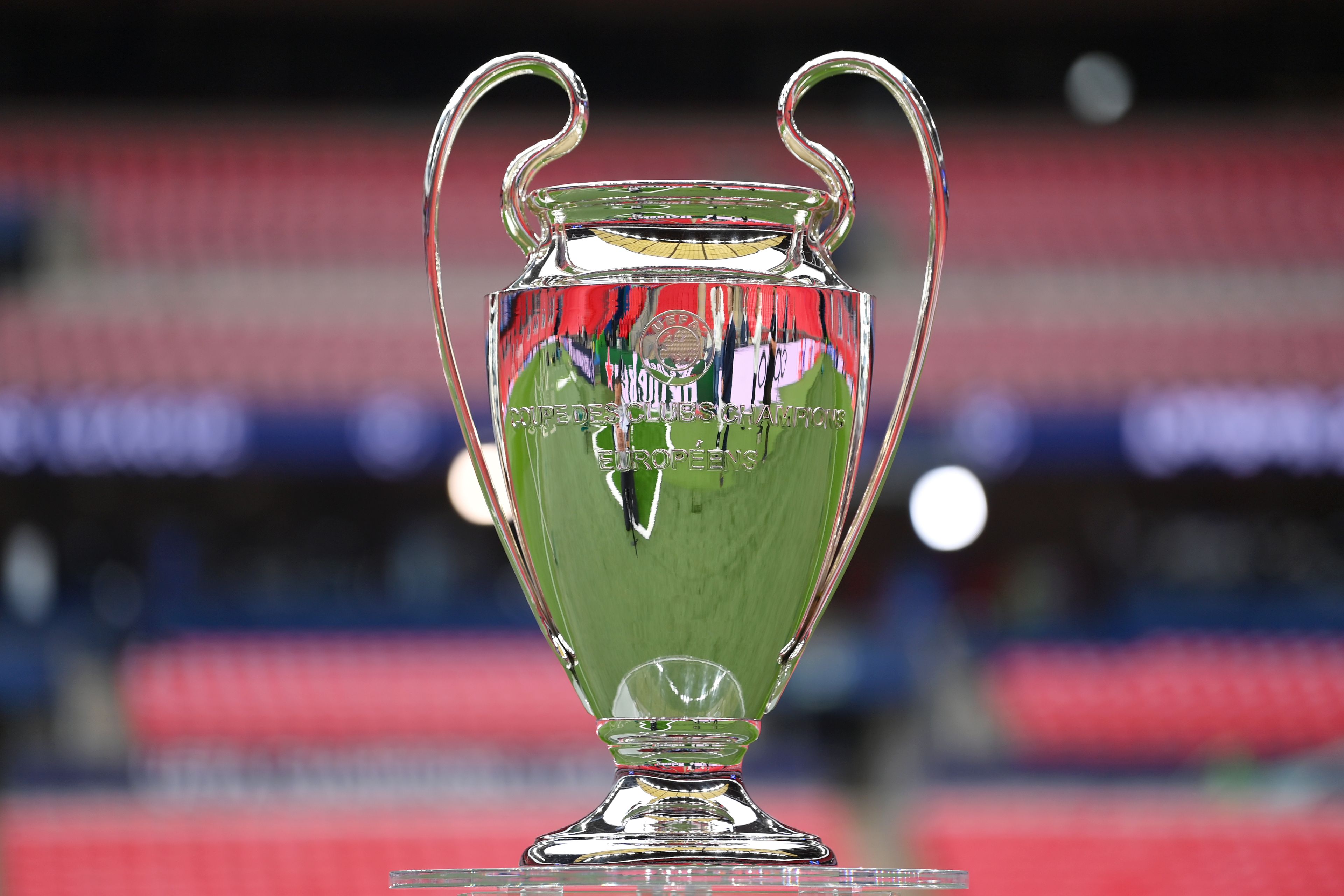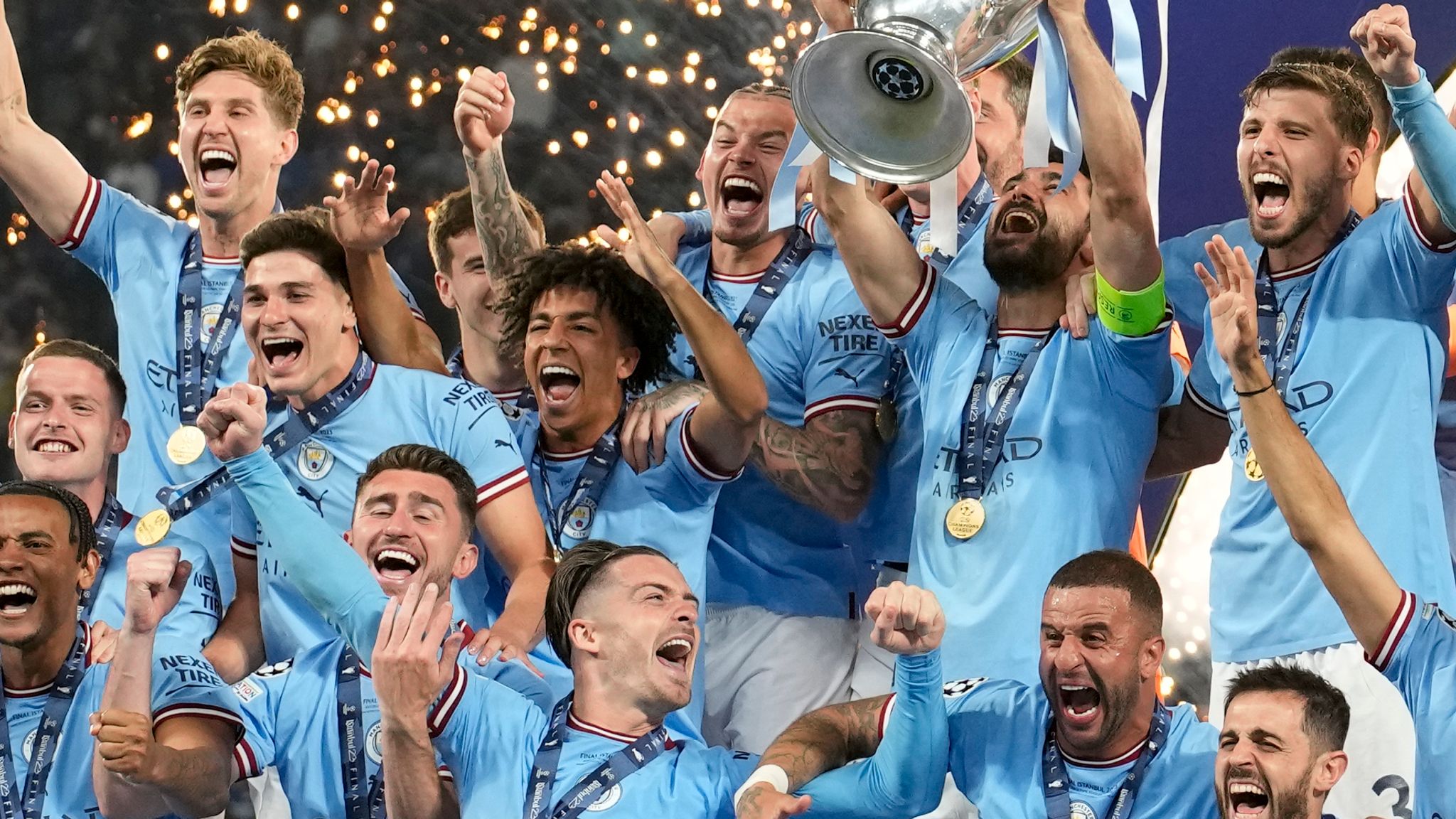
The Global Spectacle: Unpacking the Champions League’s Most Watched Matches
The UEFA Champions League, often heralded as the pinnacle of club football, is more than just a tournament; it’s a global phenomenon that captivates billions. Every season, the competition delivers unparalleled drama, heroic performances, and unforgettable moments, cementing its status as one of the most-watched sporting events on the planet. While the entire tournament garners immense attention, certain matches transcend even these lofty standards, drawing unprecedented viewership figures that underscore their cultural and sporting significance.
This article delves into the phenomenon of Champions League viewership, exploring the factors that contribute to its immense appeal and highlighting some of the most watched matches in its illustrious history.
The Unrivalled Appeal of the Champions League
Before examining specific matches, it’s crucial to understand why the Champions League commands such a massive audience. Several elements converge to create this viewership magnet:
- Elite Competition: Only the best clubs from Europe’s top leagues qualify, ensuring a consistently high level of football. This concentration of talent means every match, especially in the knockout stages, is a clash of titans.
- Star Power: The Champions League is the stage for football’s biggest names – from Lionel Messi and Cristiano Ronaldo to Kylian Mbappé and Erling Haaland. Fans tune in to witness their idols perform on the grandest stage, often against each other.
- Historical Rivalries: The tournament frequently pits long-standing rivals against one another, whether it’s an "El Clásico" between Real Madrid and Barcelona, a "Der Klassiker" involving Bayern Munich and Borussia Dortmund, or a fierce derby like the Milan Derby or the Madrid Derby. These historical antagonisms add an extra layer of intensity and narrative appeal.
- High Stakes: Every game carries immense weight. Group stage matches determine progression, while knockout ties are do-or-die encounters. The ultimate prize – the coveted Champions League trophy – represents the pinnacle of club football, and the journey to lift it is fraught with tension and drama.
- Unpredictability and Drama: The Champions League is renowned for its last-minute goals, dramatic comebacks, penalty shootouts, and unexpected upsets. These moments of high drama keep viewers on the edge of their seats and create viral content that spreads globally.
- Global Accessibility and Broadcasting: UEFA has meticulously built a vast network of broadcasters worldwide, making the Champions League accessible in virtually every corner of the globe. From traditional television to digital streaming platforms, the ease of access plays a crucial role in its viewership figures.
The Ultimate Draw: Champions League Finals
Unsurprisingly, the Champions League final consistently ranks as the most-watched single annual sporting event globally, surpassing even the Super Bowl in terms of overall viewership. These climactic encounters are not just football matches; they are grand spectacles, often featuring elaborate opening ceremonies and drawing non-football fans intrigued by the sheer scale of the event.
While precise, verifiable viewership figures for individual matches can vary widely depending on the source (live vs. total reach, specific regions, measurement methodologies), certain finals have undeniably captivated the largest audiences:
-
2022 Final: Real Madrid vs. Liverpool
- Held in Paris, this final saw two of Europe’s most decorated clubs face off. Real Madrid’s narrative of defying expectations en route to the final, coupled with Liverpool’s pursuit of a treble, created immense anticipation. With Vinicius Jr.’s decisive goal and Thibaut Courtois’s heroic saves, the match delivered a compelling story. Broadcast in over 200 countries, it drew an estimated global audience of over 700 million unique viewers, with live average viewership figures often exceeding 150-200 million across major markets.
-
2018 Final: Real Madrid vs. Liverpool
- The first encounter between these two giants in recent memory, the 2018 final in Kyiv was infamous for Gareth Bale’s spectacular overhead kick and Loris Karius’s goalkeeping errors. The presence of Cristiano Ronaldo and Mohamed Salah, two of the world’s most marketable stars at the time, guaranteed a massive audience. This final also commanded a viewership well into the hundreds of millions globally, often cited alongside the 2022 final as one of the most-watched in recent history.
-
2014 & 2016 Finals: Real Madrid vs. Atlético Madrid
- Two all-Madrid finals provided a unique narrative of cross-city rivalry on the biggest stage. The 2014 final, particularly, was a nail-biter with Sergio Ramos’s dramatic injury-time equalizer forcing extra time, where Real Madrid ultimately triumphed to win "La Décima" (their tenth title). The raw emotion and historical significance of these derbies amplified their appeal, ensuring massive domestic and international viewership, estimated to be in the high hundreds of millions globally across both matches.
-
2013 Final: Bayern Munich vs. Borussia Dortmund
- The first-ever all-German Champions League final, held at Wembley, was a tactical masterclass and a showcase of Bundesliga power. The contrasting styles of Jupp Heynckes’ Bayern and Jürgen Klopp’s Dortmund, culminating in Arjen Robben’s late winner, made for a gripping encounter. This final was hugely popular in Germany and across Europe, contributing to a global reach of over 360 million viewers for the live broadcast alone.
-
2005 Final: AC Milan vs. Liverpool (The "Miracle of Istanbul")
- While older, the 2005 final remains etched in memory for its extraordinary comeback. Liverpool, trailing 3-0 at halftime, staged an improbable recovery to win on penalties. The sheer drama, emotional swings, and the underdog narrative captivated audiences worldwide. Even with less sophisticated measurement tools of the era, the replay value and legendary status of this match mean its cumulative viewership over time is immense, and its live broadcast was a monumental event for its time, estimated to have reached over 250 million live viewers.
-
1999 Final: Manchester United vs. Bayern Munich
- Often cited as one of the most dramatic finals ever, Manchester United scored two goals in injury time to complete a historic treble. The last-gasp nature of the victory, combined with the global appeal of Manchester United at their peak, ensured a monumental viewership. The dramatic conclusion meant millions who might have tuned out early were drawn back in by the unfolding miracle, contributing to a massive cumulative audience, with live figures estimated to be around 250 million.
Beyond the Final: Iconic Semifinals and Knockout Clashes
While finals naturally command the largest audiences, several semi-final and even quarter-final matches have generated extraordinary viewership due to their historical context, star power, or sheer dramatic intensity.
-
El Clásico Clashes (e.g., Real Madrid vs. Barcelona, particularly 2011 Semifinals)
- Any encounter between Real Madrid and Barcelona is a guaranteed ratings hit, but their Champions League semi-final clashes, especially during the peak Messi vs. Ronaldo era (e.g., 2011), were epic. These matches were often described as "the greatest rivalry in world football," attracting fans far beyond their respective club allegiances. The tactical battles, individual brilliance, and palpable tension ensured viewership figures that rivaled many finals, often exceeding 100-150 million live viewers for individual legs.
-
2019 Semifinal: Liverpool vs. Barcelona
- Following Barcelona’s 3-0 first-leg victory, few gave Liverpool a chance. However, Anfield witnessed another historic comeback as Liverpool won 4-0, securing their place in the final. The sheer shock and drama of this match, combined with the presence of Messi and the legendary Anfield atmosphere, made it a viral sensation and drew an enormous global audience, particularly in Europe and the Americas.
-
2017 Round of 16: Barcelona vs. Paris Saint-Germain ("La Remontada")
- Barcelona overturned a 4-0 first-leg deficit against PSG with a stunning 6-1 victory at Camp Nou, including three goals in the final minutes. This unprecedented comeback, dubbed "La Remontada," created an instant legend. The match was widely discussed, replayed, and analyzed, driving massive viewership figures for a Round of 16 tie, capturing the attention of millions who tuned in to witness history unfolding.
-
Bayern Munich vs. Real Madrid (Frequent Knockout Clashes)
- The "Klassiker of European Football" between Bayern Munich and Real Madrid has delivered numerous high-stakes knockout encounters over the decades. These matches, featuring some of the sport’s biggest names and most successful clubs, consistently generate immense interest, particularly in Germany, Spain, and other major football markets, often drawing tens of millions of viewers per leg.
Factors Beyond the Pitch Driving Viewership
Beyond the on-field action, several contemporary factors have amplified Champions League viewership:
- Social Media: Platforms like Twitter, Instagram, and TikTok provide real-time commentary, highlights, and fan reactions, creating a second-screen experience that keeps viewers engaged and spreads awareness of the matches globally. Trending topics related to Champions League games are common.
- Fantasy Football and Betting: The rise of fantasy leagues and sports betting adds another layer of engagement for millions, prompting them to tune into matches to track player performances and outcomes.
- Improved Production Quality: High-definition broadcasts, multiple camera angles, advanced graphics, and expert punditry enhance the viewing experience, making it more appealing to a broader audience.
- Digital Platforms: The shift from traditional cable to streaming services (like Paramount+ in the US, DAZN in Germany, etc.) has made the Champions League more accessible to younger, digitally native audiences, contributing to overall reach.
The Future of Champions League Viewership
The Champions League’s appeal shows no signs of waning. With new formats on the horizon (like the "Swiss model" from 2024/25, which promises more high-profile clashes earlier in the competition), and continued expansion into emerging football markets in Asia, Africa, and North America, viewership figures are likely to continue their upward trajectory. The constant emergence of new footballing superstars, coupled with UEFA’s strategic broadcasting partnerships, ensures that the roar of the Champions League anthem will continue to resonate with billions worldwide, making its most-watched matches true global events.
In conclusion, the Champions League is a testament to the universal appeal of football. Its most watched matches are not merely sporting contests; they are cultural touchstones, moments of shared global experience that unite diverse populations in anticipation, excitement, and often, disbelief. The blend of elite talent, historical narratives, unpredictable drama, and widespread accessibility guarantees that the Champions League will remain a cornerstone of global entertainment for the foreseeable future.



